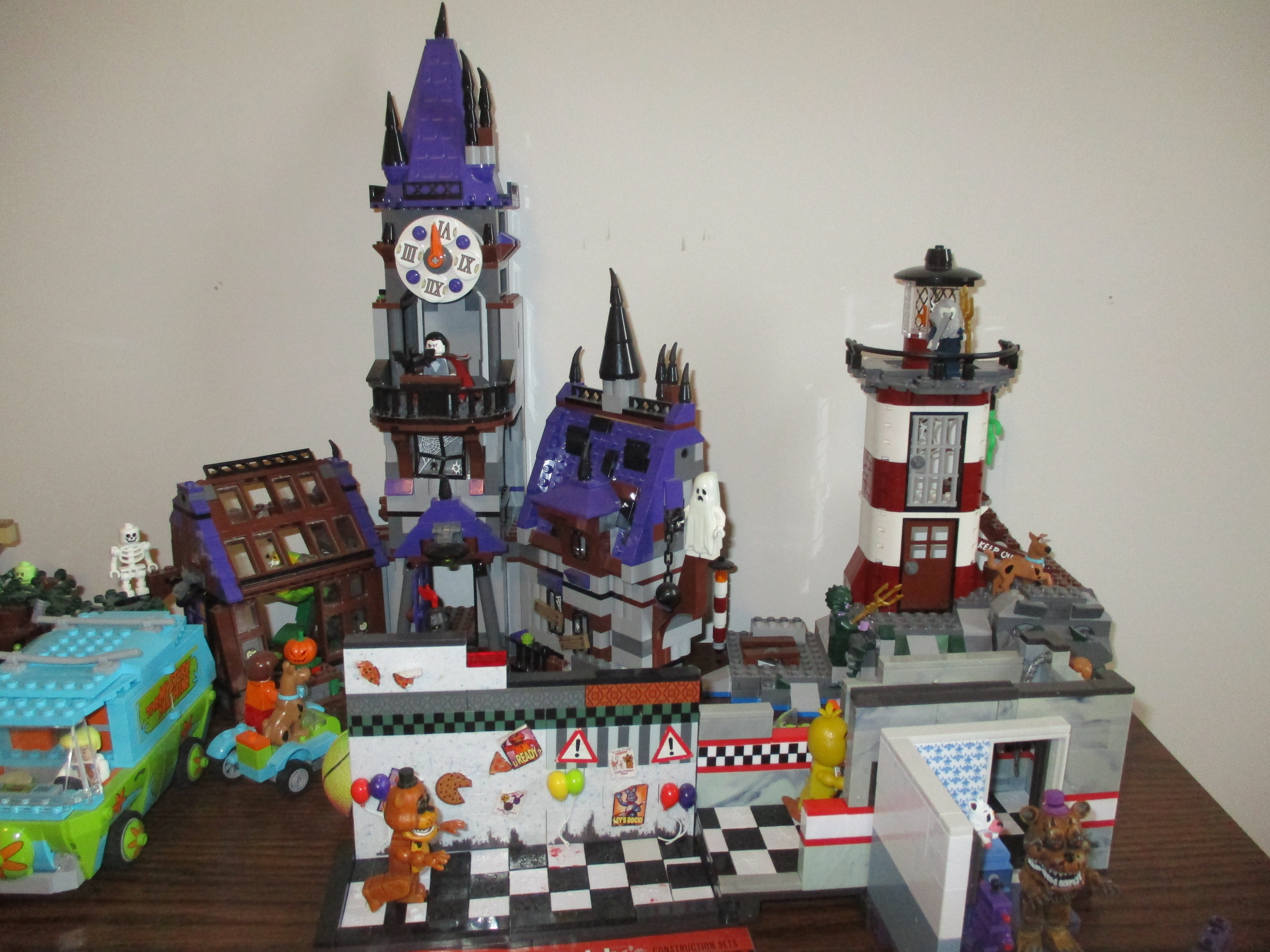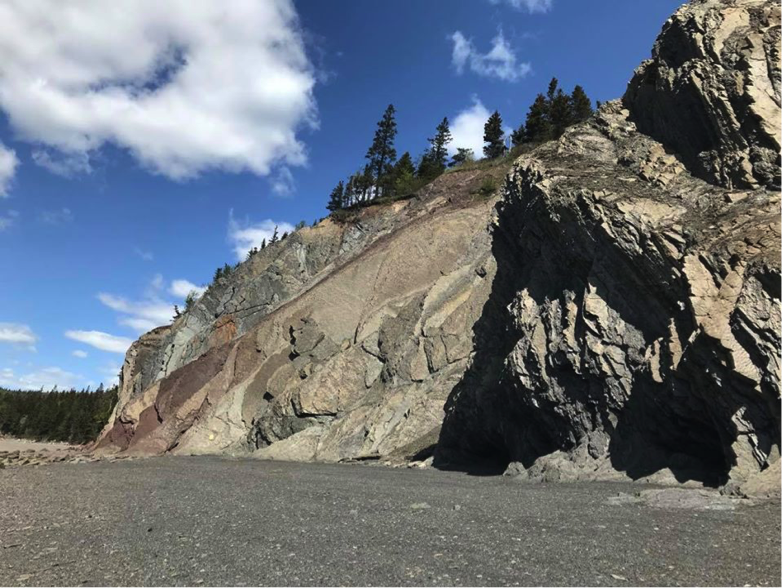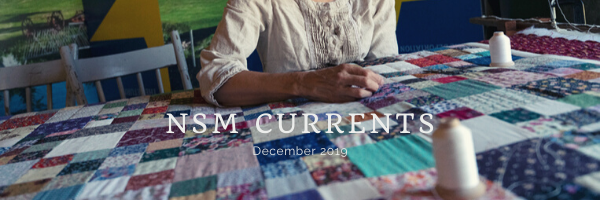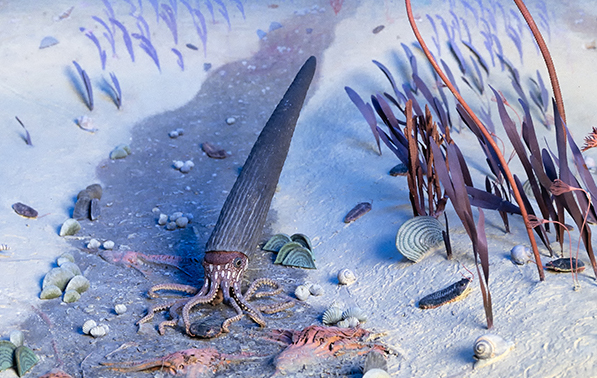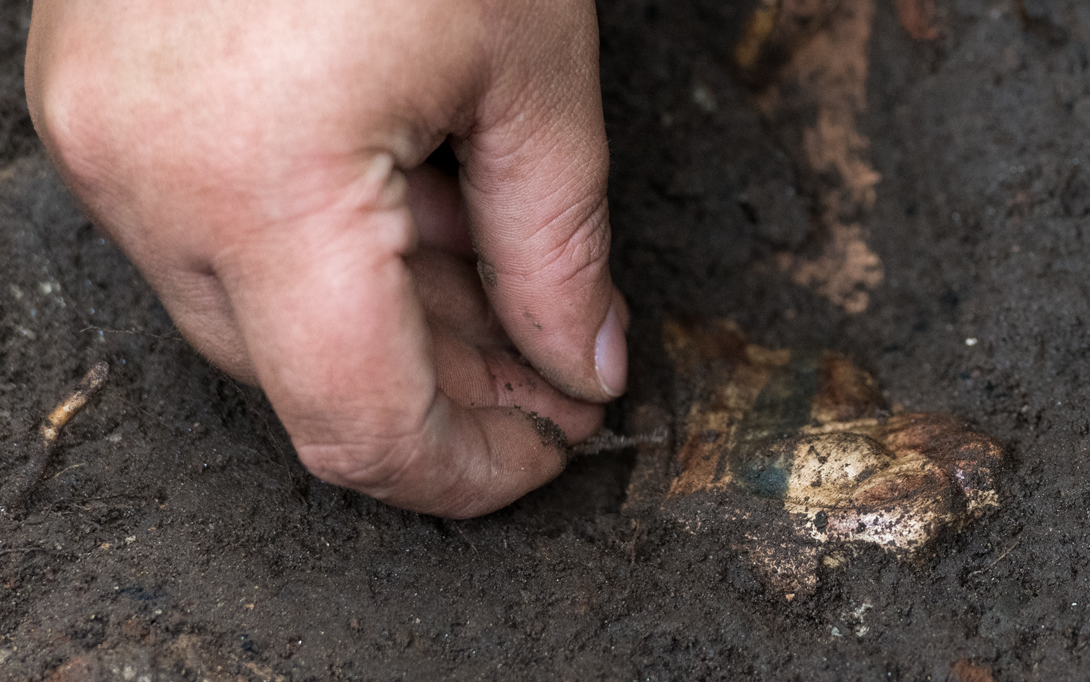By Richard MacMichael, Coordinator of Visitor Services and Interpretive Programming - Maritime Museum of the Atlantic
Blog
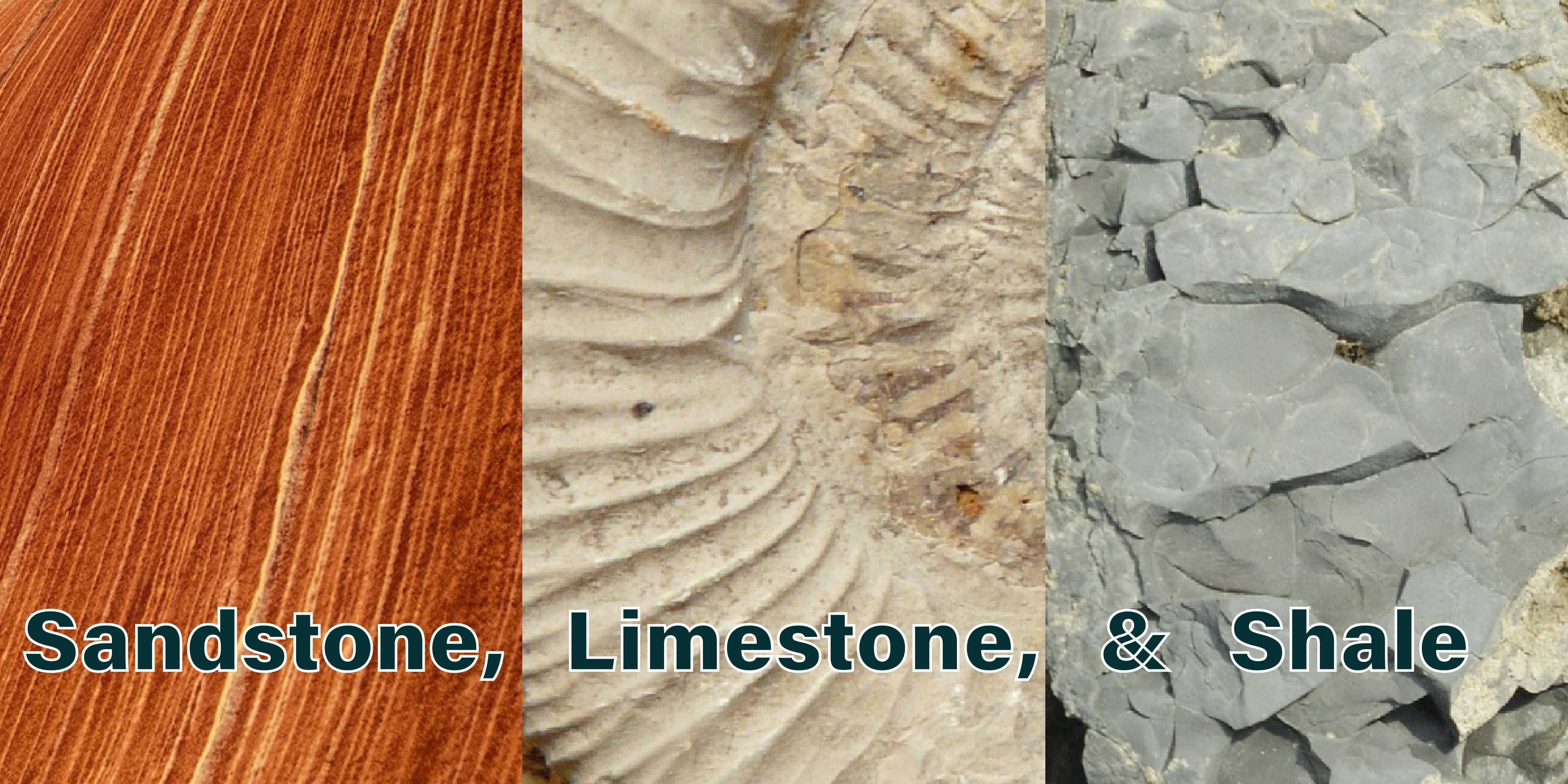
By Danielle Serratos on May 2, 2020
Here’s a test- Which of the three rocks in the picture above is a fossil? Got it picked out? Alright, moving on…
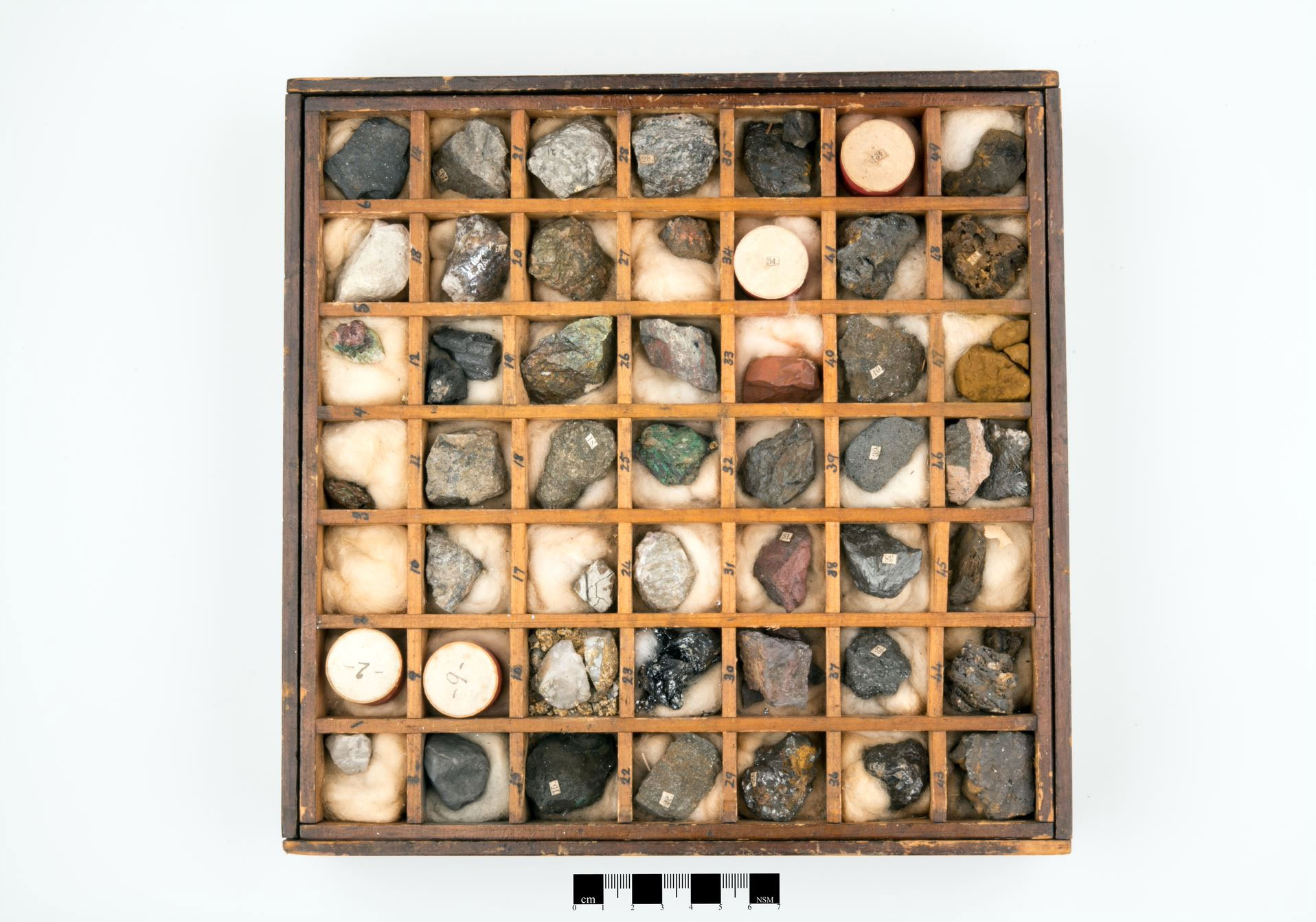
Museums collect specimens and objects that capture a moment in time. They are preserved and kept safe for study now and into the future. Something collected today may be the key to an important discovery tomorrow or many years from now.

By Regan Maloney April 23, 2020
One of the most common questions we get on our guided tours to the Wasson Bluff fossil research site is, how do we know the age of the rocks?
The age of a rock can be determined using two methods: relative dating and radiometric dating. Question answered. I’m sure you found that brief answer satisfying. No? I guess I will elaborate…
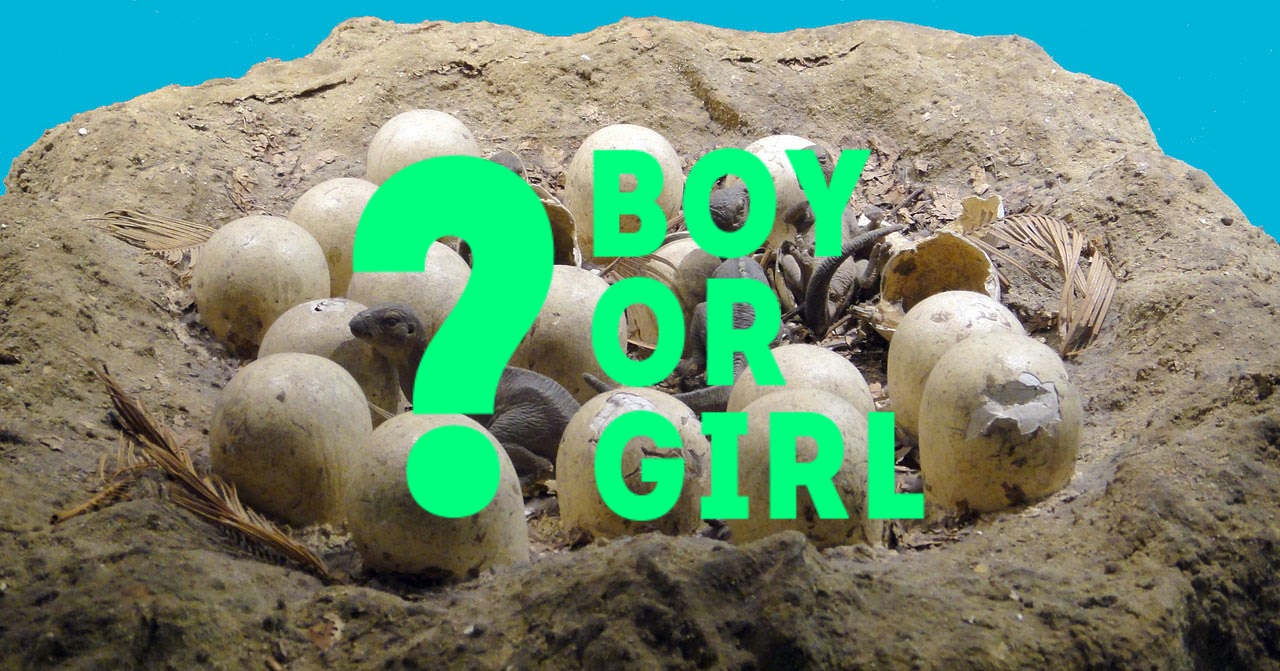
Determining the sex of a fossil
By Danielle Serratos on April 18, 2020
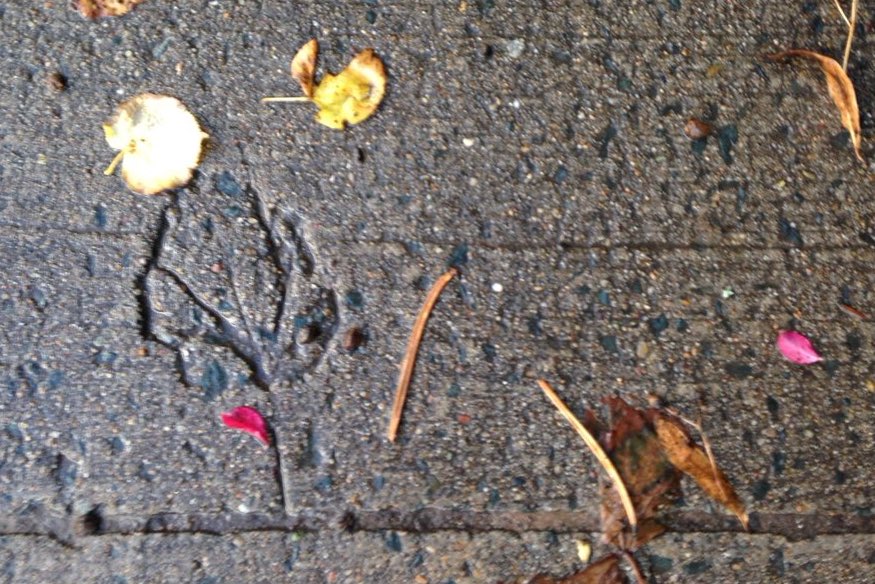
-----
PLEASE NOTE: At this time, people should stay within their neighbourhood and observe the Province’s minimum recommended social distancing from other people of two meters or six feet. For the latest information about the pandemic and public health recommendations, please see the Government website about Coronavirus https://novascotia.ca/coronavirus/.
-----
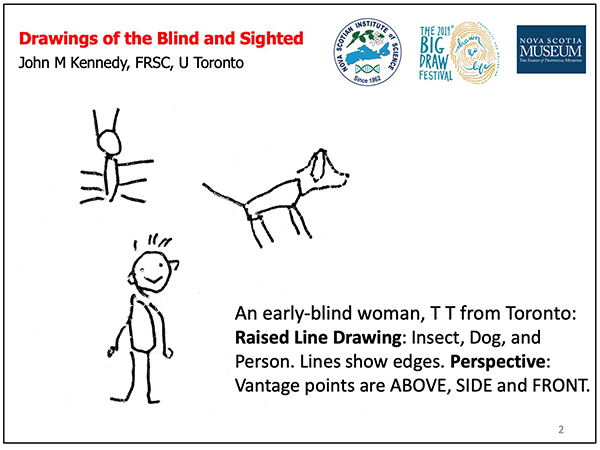
As a special event of the 2019 Big Draw Festival - Dr. John Kennedy from the University of Toronto gave the Nova Scotian Institute of Science (NSIS) Public Lecture on October 7, 2019. Dr. Kennedy spoke about “Drawing of the Blind and Sighted”, summarizing his research on a theory of drawing and development.
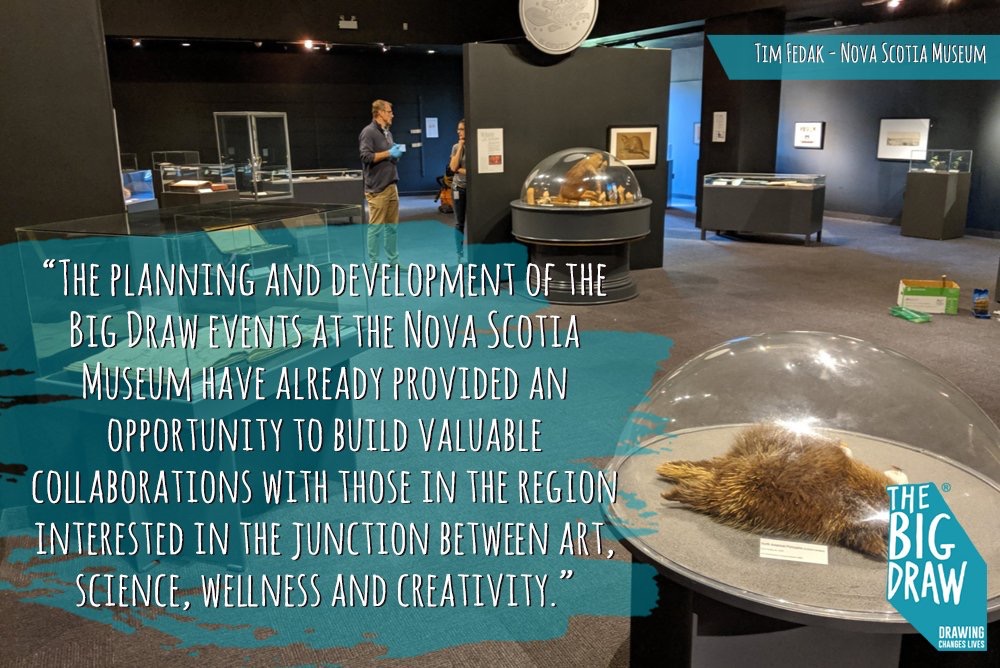
The Nova Scotia Museum is a participating sponsor of the 2019 Big Draw, an international festival devoted to promoting the value of drawing for creativity and wellness. A new exhibit Drawn to Life: Understanding The World Through Drawing is on display until November 3rd at the Museum of Natural History in Halifax.
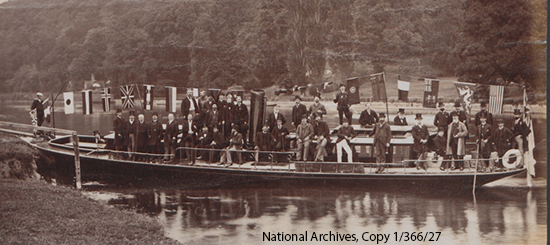
Today, we celebrate a series of historic photographs that were taken at the International Fisheries Exhibition in London on August 31, 1883.
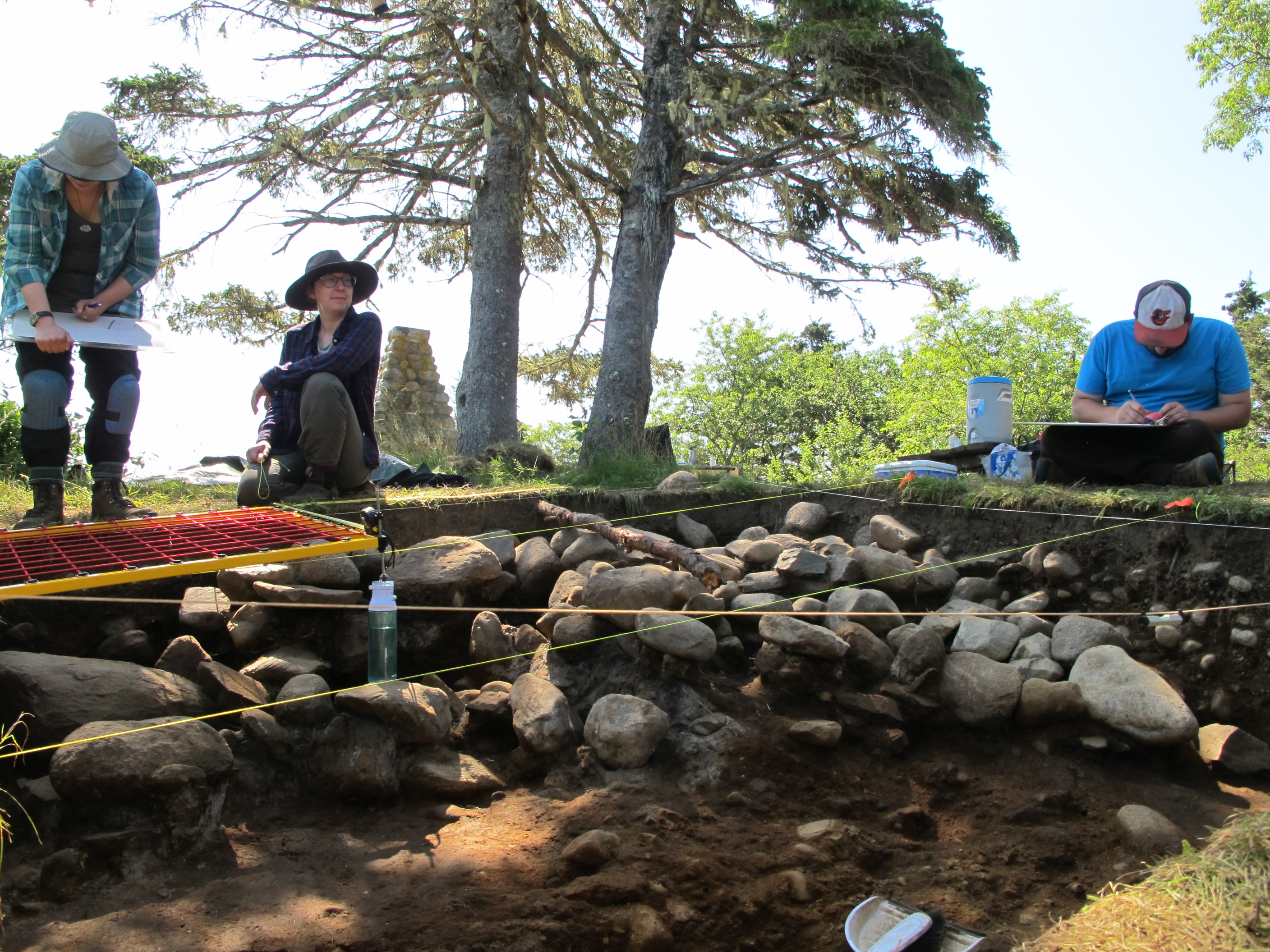
We are in the last few days of the excavation project now. The crew focuses on the final recording of Operation F.
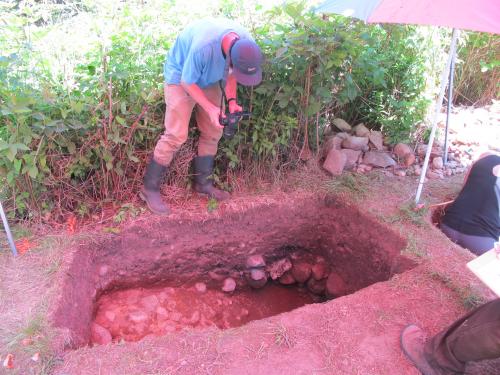
Wesley shoots numerous images of the midden feature for a photogrammetry model. The red hue is from the canopy above.
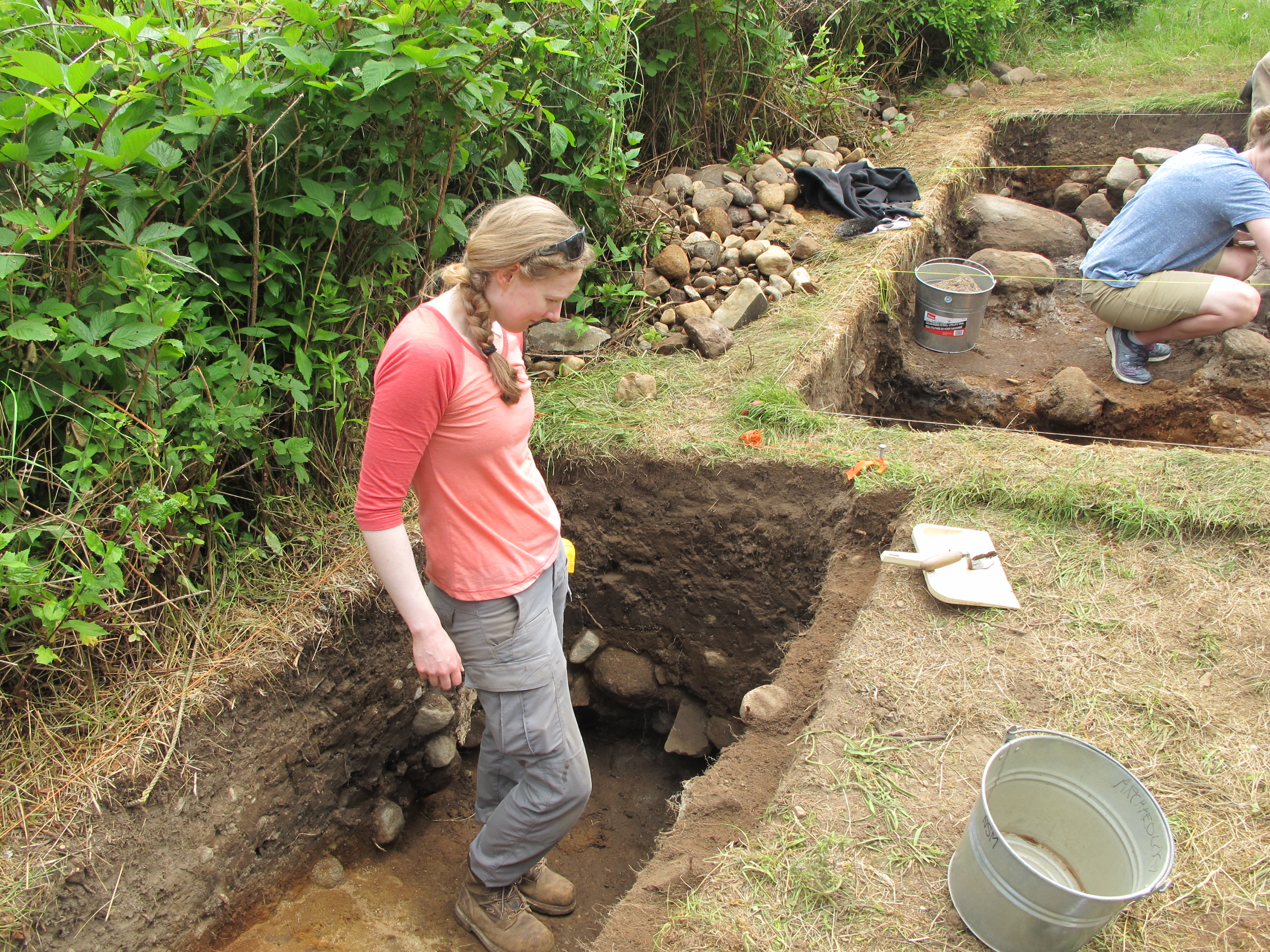
Courtney returned this year to work once more in the midden feature. What awaits??
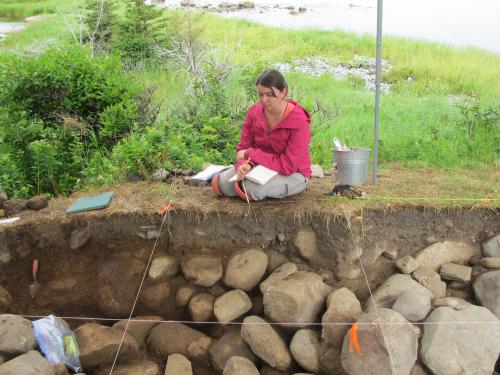
We are near the end of our field project. A time for final thoughts and notes for Liz.
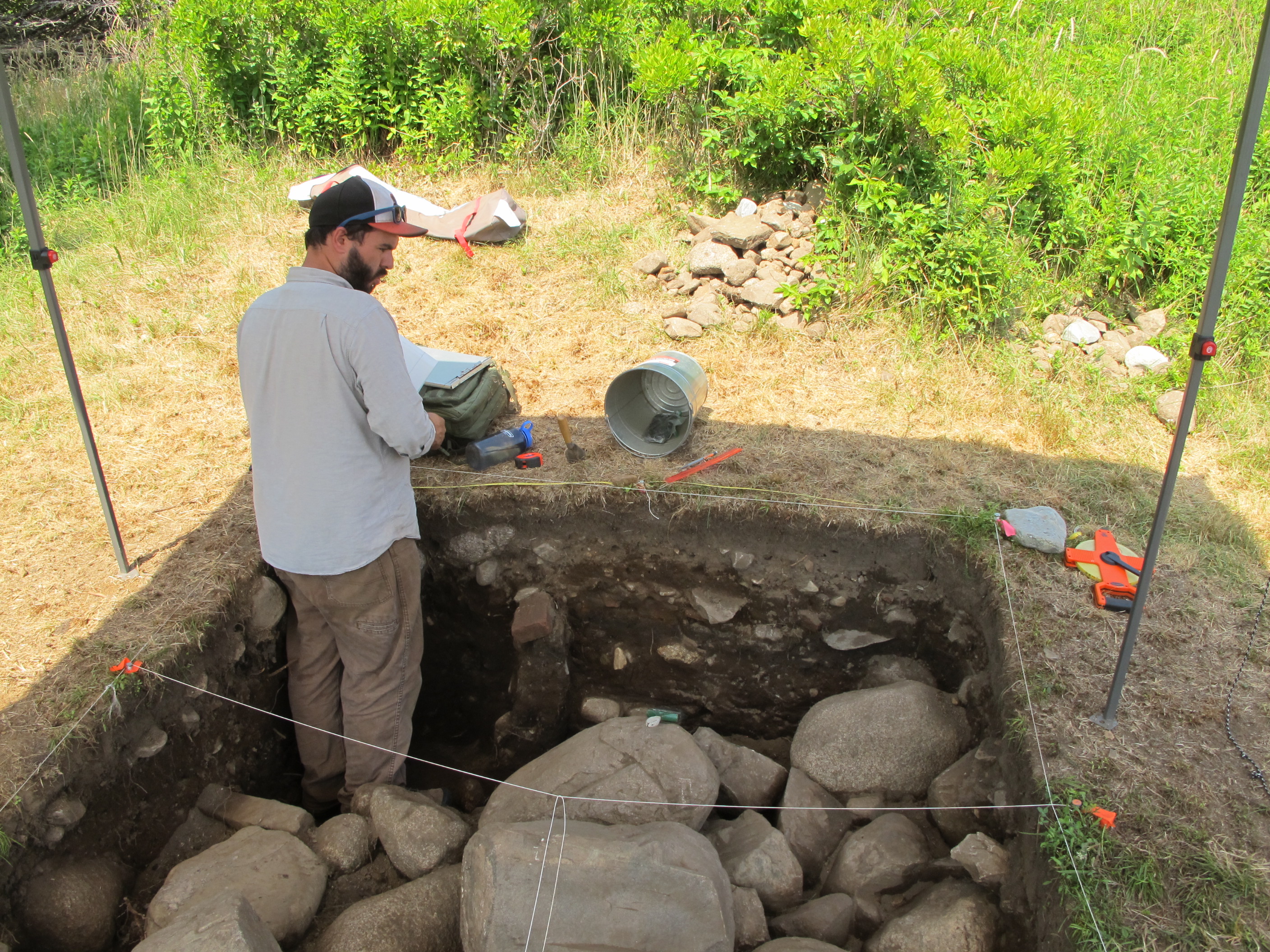
Its our last week on site so lots of final mapping and recording. John prepares a soil profile drawing at Operation H.
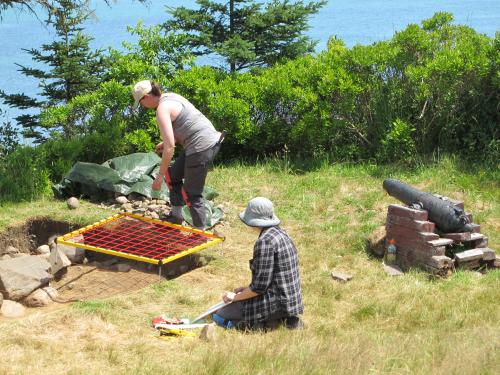
Vanessa and and Liz prepare to do a planview of the Operation J unit using a helpful mapping grid tool.
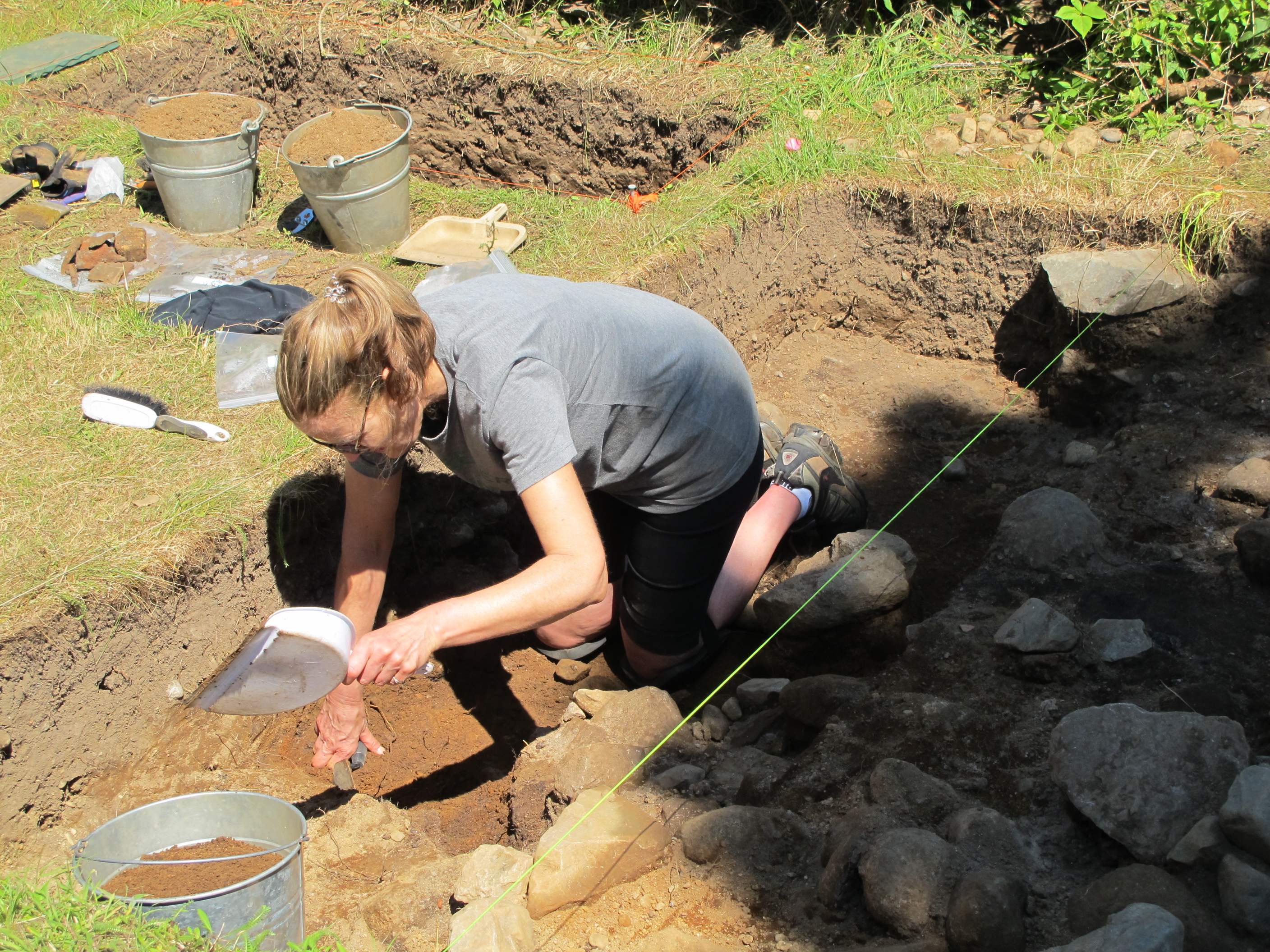
Heather of AFN joined us again this year. Today she is working in an area where we uncovered a new stone wall.
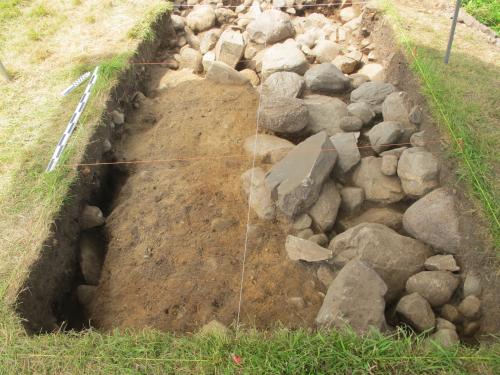
The excavation Operation J 9, 10 and 11 is nearly complete. We have a defined stone wall with a builders trench.
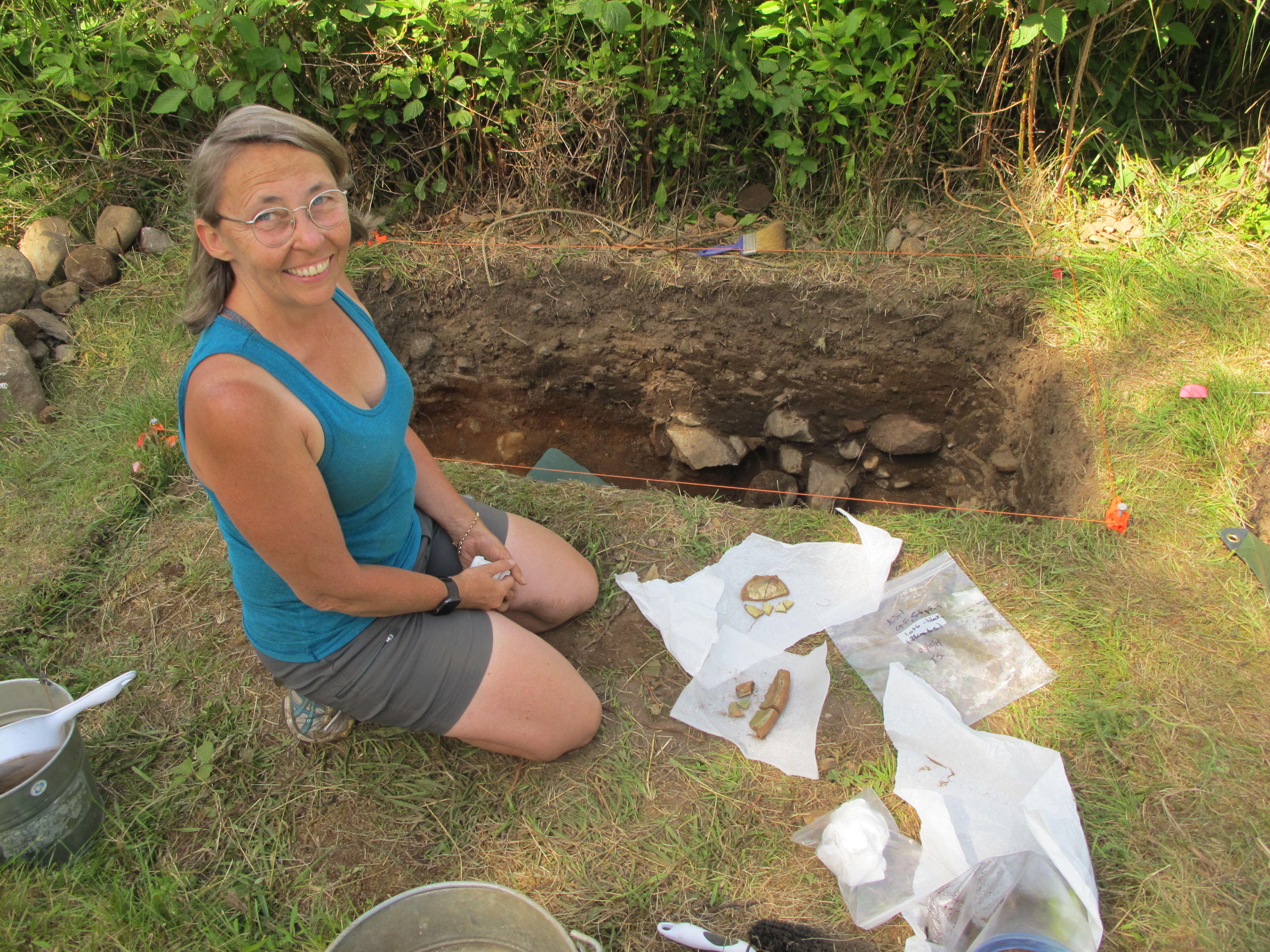
Tanya had a great day in the midden feature. A range of ceramics were excavated.
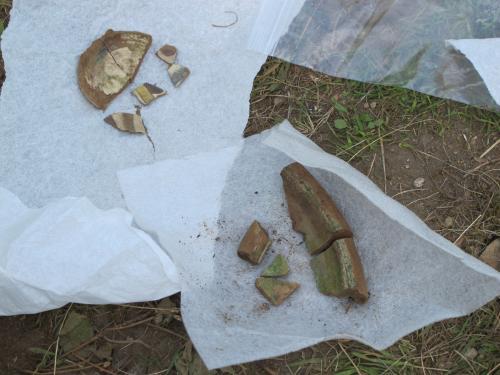
Research awaits to identify the different glazes and vessels coming from the midden feature.
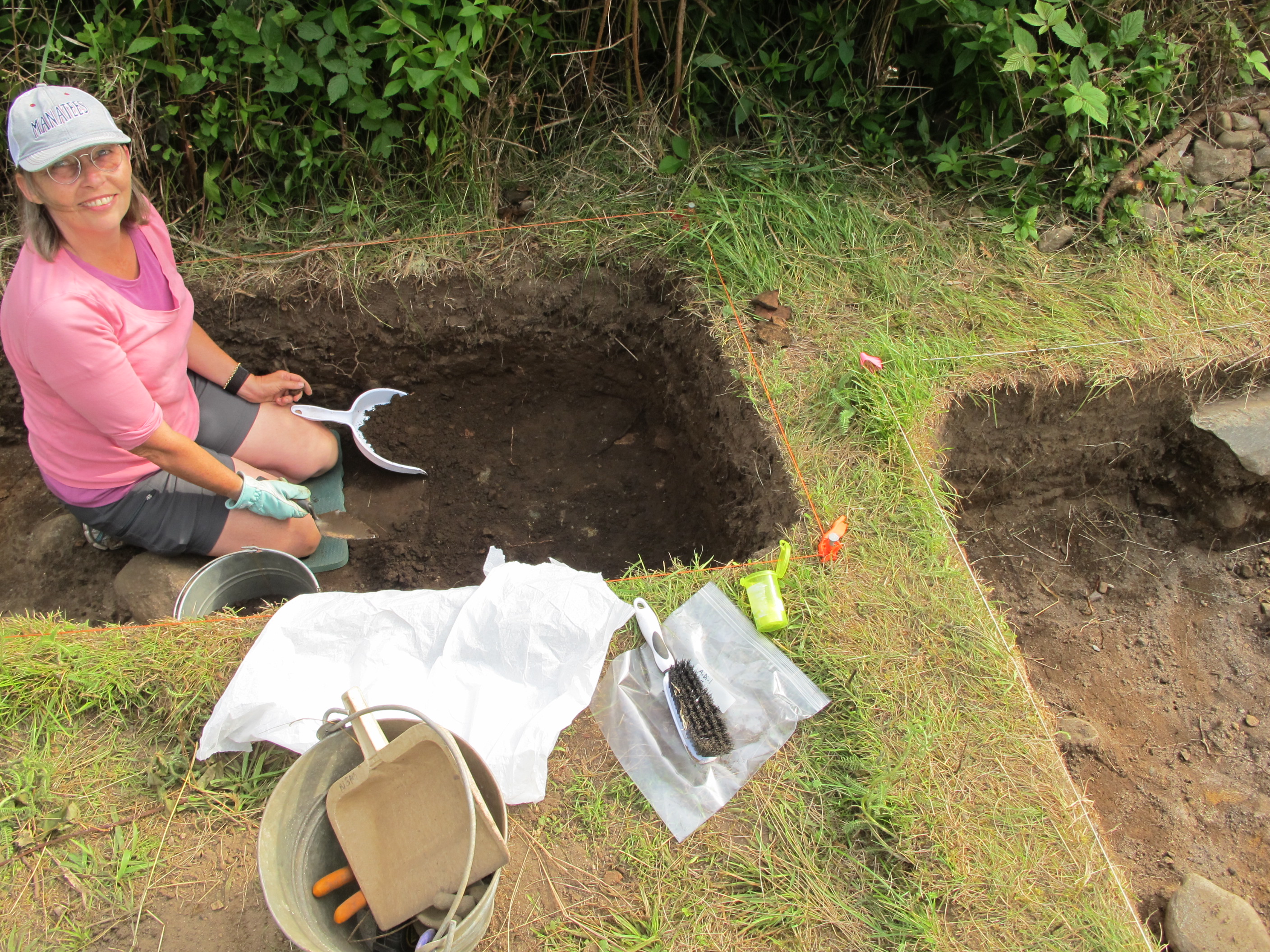
Tanya is working in the midden today . We are starting to get quite deep now and the artifact density is picking up.
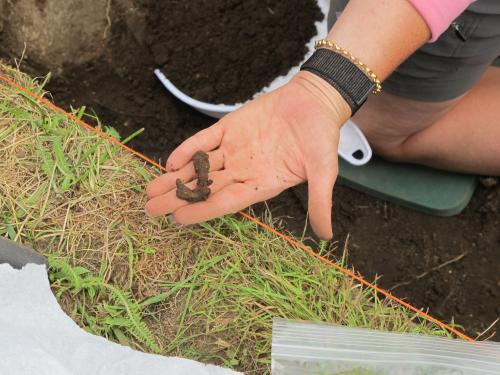
A very nice definable nail. We have a stone wall nearby so such artifacts are expected.
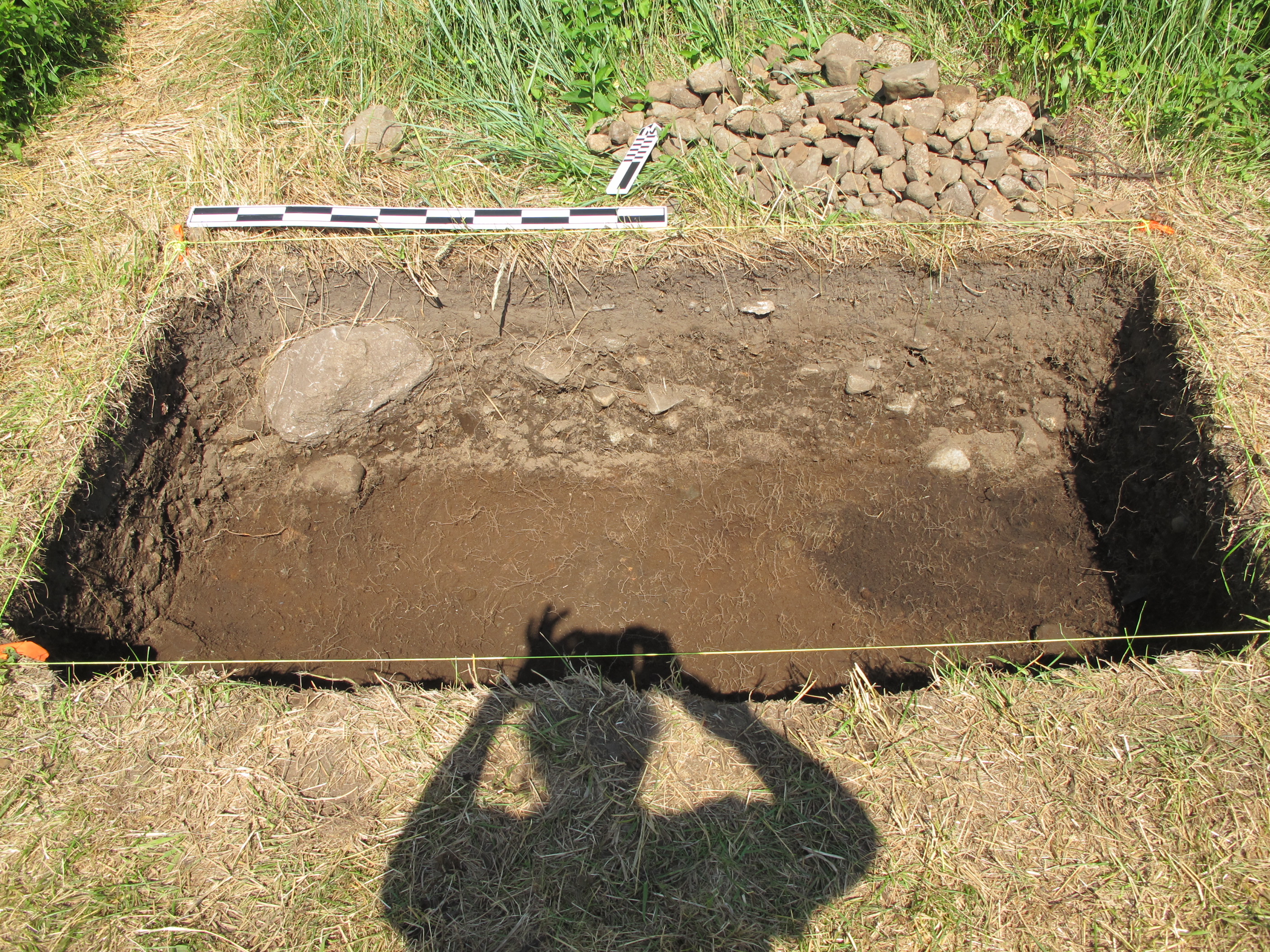
Excavation continues in an area of the site noted for its evidence of the 1641 fire. See the burn layer coming through the soil?
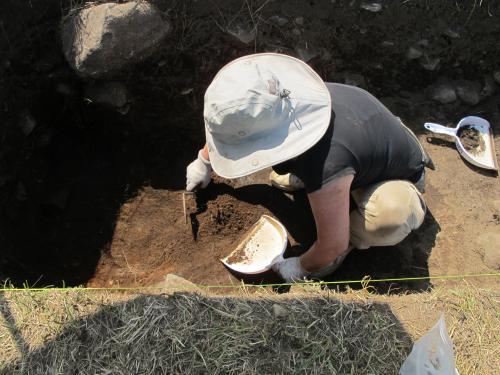
Margaret joined us again this year. Today she traces the burn layer across the pit. We gathered two charcoal samples for analysis.
